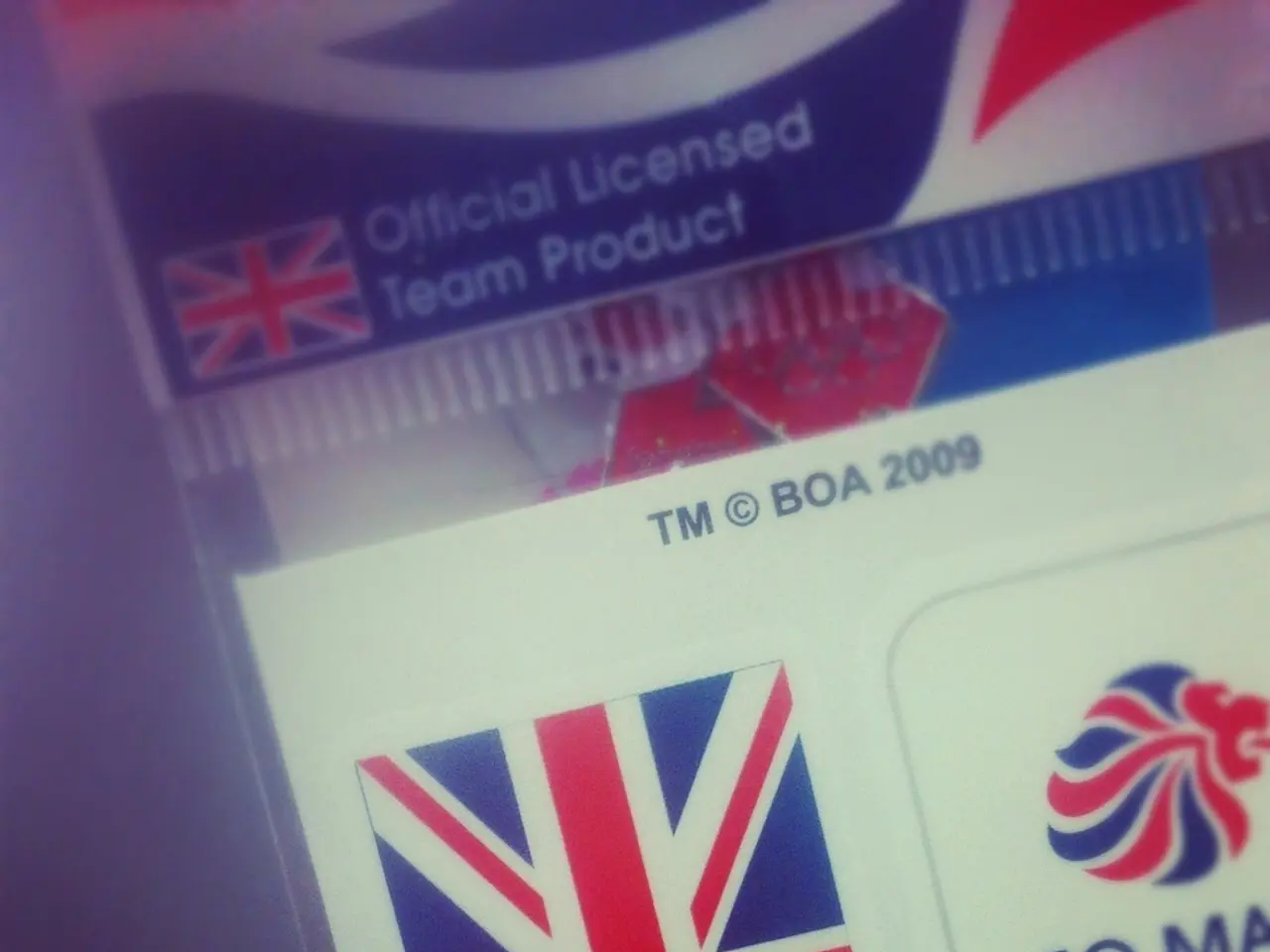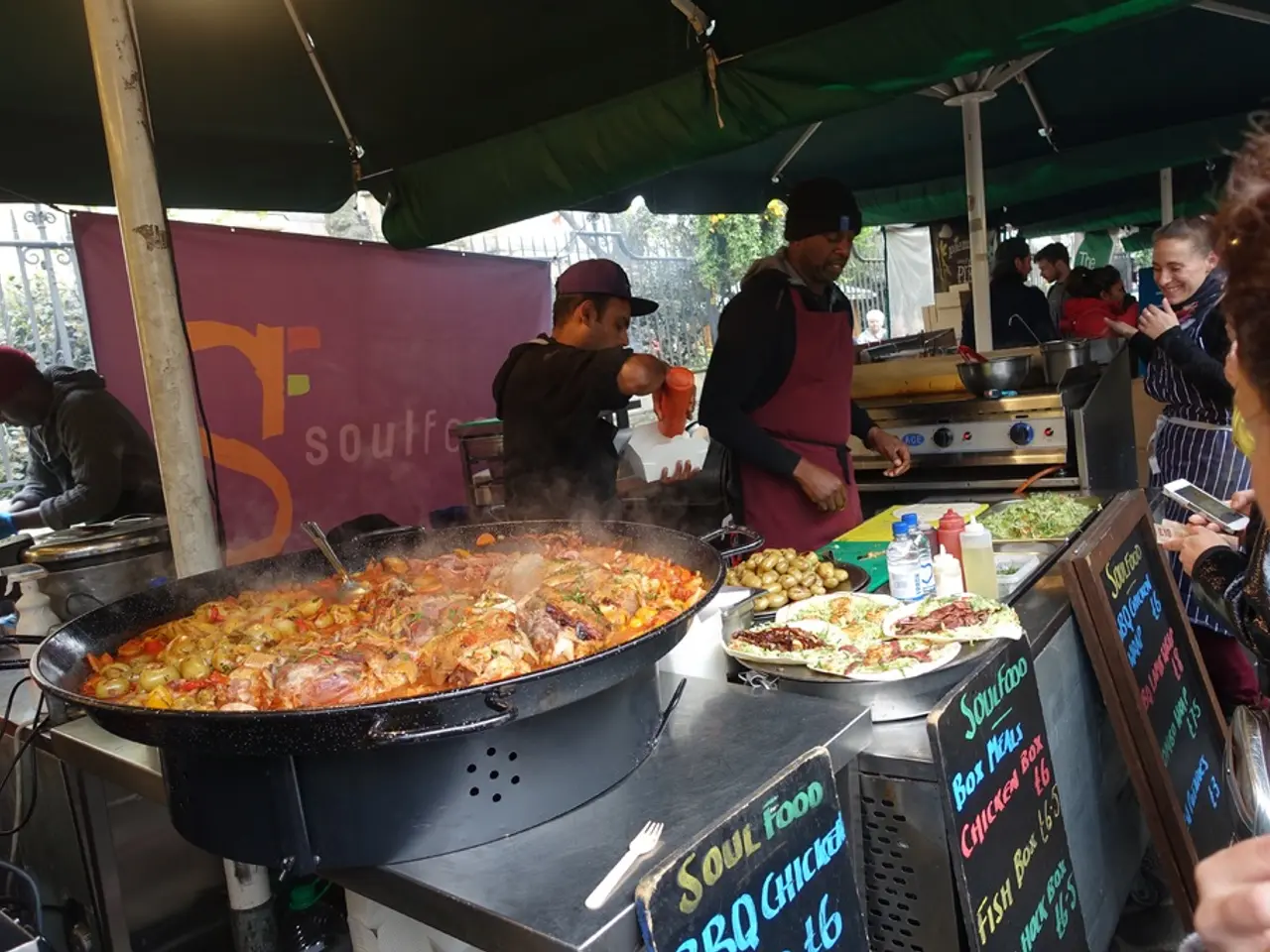Group Collaborations Among Micro-Influencers: Amplifying User-Generated Content at a Minimal Cost for Startups
In the ever-evolving world of digital marketing, a new strategy has emerged that is revolutionising user-generated content (UGC) production: micro-influencer pods. These coordinated groups of 5-10 micro-creators are transforming the way brands approach UGC, offering increased authenticity, cost efficiency, and data-driven campaign management.
One of the key advantages of micro-influencer pods lies in their ability to generate a high volume and frequency of content. With followers more receptive to personal, authentic collaborations, these creators post sponsored content 67% more often than larger influencers, allowing brands to rapidly scale content production and ensure a steady stream of fresh UGC.
Moreover, the niche-focused nature of micro-influencers enables brands to precisely target audiences that align closely with their products or services. This targeted approach minimises wasted ad spend and improves engagement as the content resonates more directly with the audience.
Cost efficiency is another significant benefit. Many micro-influencers accept compensation through product gifting or exclusive discounts, significantly lowering campaign budgets compared to traditional celebrity or mega-influencer marketing.
The peer-level authenticity of micro-influencers also boosts trust and trust-driven conversions, improving return on investment. Each influencer in a pod acts as a mini-launch pad in their community, broadening reach incrementally without diluting engagement.
Data-driven iteration and performance optimisation are also key to the success of micro-influencer pods. By structuring these pods into systematic modules, marketers can standardise campaign execution, turning subjective influencer collaboration into a repeatable, efficient process. Real-time tracking of referral codes, engagement, and conversions across influencer segments helps pivot messaging, creative assets, and incentives quickly to maximise impact while controlling costs.
Micro-influencer pods function as agile production studios, testing hooks, formats, and scripts across multiple content styles. They can drive engagement in niche B2B markets by humanising complex offerings, and their feedback loops encourage creators to review each other's work and share optimization tips.
The modular nature of these pods allows them to flex across categories and product tiers for brands managing multiple SKUs, seasonal drops, or niche campaign angles. To build an effective UGC pod, group creators based on shared platform behaviour and content output styles, not just follower count. Pods should be grouped not just by aesthetic, but by shared audience affinities to increase message resonance and reduce creative misfires.
A four-column script template is used for batch briefs: Hook, Visual Action, Voiceover or Caption Text, CTA or final product shot. Briefs should define brand guidelines while leaving room for creator voice to extract authentic storytelling without losing message control. DTC brands should prioritise conversion hooks and product demos in pod briefs, segmenting deliverables by funnel stage to avoid overloading creators with mixed objectives.
To achieve high-volume content outputs, content without structure should be transformed into modular campaign assets through batch briefs. UGC pods operate on lean cycles with minimal negotiation overhead, reducing dependency on traditional influencer timelines. Use Notion or Airtable to distribute briefs every Monday, with submission deadlines by Friday, to build a consistent cadence for content creation.
In conclusion, micro-influencer pods enhance UGC production by increasing authentic content volume through community-focused creators, while reducing costs via niche targeting, alternative compensation, and data-driven campaign management. This approach delivers high engagement and trust at a fraction of the cost of larger influencer campaigns, making it especially effective for brands aiming to maximise marketing efficiency and ROI.
Technology plays a crucial role in the manageability of micro-influencer pods, as digital platforms facilitate the distribution of briefs every Monday and the submission of content by Friday.
Social media, being the primary platform for micro-influencers, aids in the pulse-checking of audience preferences and the alignment of content with target audiences, ensuring resonance and minimizing creative misfires.
Entertainment, on the other hand, is integrated into the content creation process through the use of various hooks, visual actions, and voiceover or caption texts, making UGC more engaging and effective in driving brand engagement.




